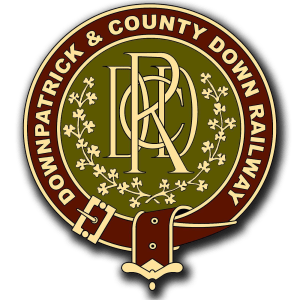| At a glance: | |
|---|---|
| Builder: | Joseph Wright & Sons (Saltley Works, Birmingham) |
| Build date: | 1862 |
| Original company: | Ulster Railway |
| Withdrawal date: | 1920 |
| Final company: | Great Northern Railway |
| Arrived at DCDR: | 1990 |
| Current status: | Museum display |
| Current owner: | DCDR |
No. 33 was built in 1862 by Wright & Sons in England as a four-wheeled first class carriage for the Ulster Railway. The Ulster Railway was the first railway company in what would later become Northern Ireland, opening their line from Belfast Great Victoria Street to Lisburn in 1839 and extending in stages to Cavan, which it reached in 1862. 33 is the sole surviving vehicle from the Ulster Railway, making it not just one of the most historically important carriages in our collection, but in all of Ireland.
33 was built as a family saloon, meaning that it contained two large first-class compartments that were separated by a pair of lavatories in the middle of the carriage. Wealthy families would hire these compartments to themselves for a day’s travel. When it was built, it wouldn’t have had any of the commodities that we’re familiar with on trains today – it sat on a timber underframe, possibly didn’t have any lights, and certainly didn’t have any brakes! During the 1880s, shortly after the Ulster Railway became part of the Great Northern Railway, 33 was converted into a six-wheeled carriage and fitted with vacuum-operated train brakes, electric lighting, and a dynamo on one of its axles.
After almost a century out of use grounded outside without its wheels, 33 was placed atop a specially-built cradle in 2013 which allowed it to be lifted onto a horsebox underframe and moved into the Carriage Gallery. Though the horsebox is a poor fit, it at least enables 33 to be mobile when needed, allowing it to be shunted easily and live indoors. A new underframe will need to be sourced for the carriage, either scratch-built or re-purposed from a suitable goods vehicle. It is high on the wish-list of many volunteers for our next big restoration, and preparatory work has been carried out on it.
For now, 33 is on display in the Carriage Gallery in its unrestored state, though when compared to some of our restored carriages next to it this should give you an idea of just how much work goes into every overhaul. Now that the carriage is under cover, it is currently ongoing some structural work and has been partially dismantled. 33 has a long way to go, but we look forward to the day it graduates from an example of ‘before’ to one of ‘after’.
